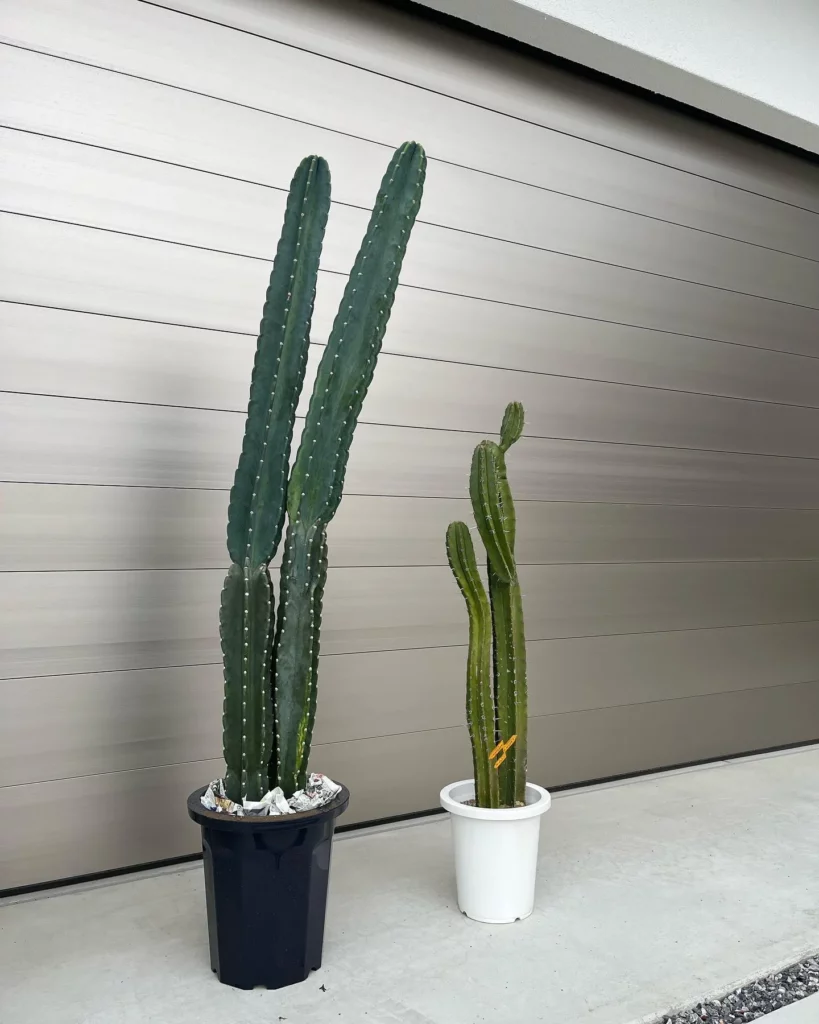Parry’s Agave, also known as Agave Parryi or Century Plant, is a stunning succulent native to the deserts of North and Central America. With its unique slate gray/blue rosettes and showy foliage, this perennial plant is a popular choice for indoor gardening. In this comprehensive care guide, I will walk you through all the essential aspects of growing and maintaining Parry’s Agave, including its appearance, light requirements, watering, fertilizing, potting, propagation, and how to prevent pests and diseases.
Key Takeaways:
- Parry’s Agave is a beautiful succulent native to North and Central America.
- It has striking slate gray/blue rosettes and showy foliage.
- Provide Parry’s Agave with adequate sunlight for optimal growth.
- Water the plant thoroughly when the soil becomes dry, but avoid overwatering.
- Use well-drained soil and choose the right pot for potting Parry’s Agave.
Aesthetics and Growth of Parry’s Agave
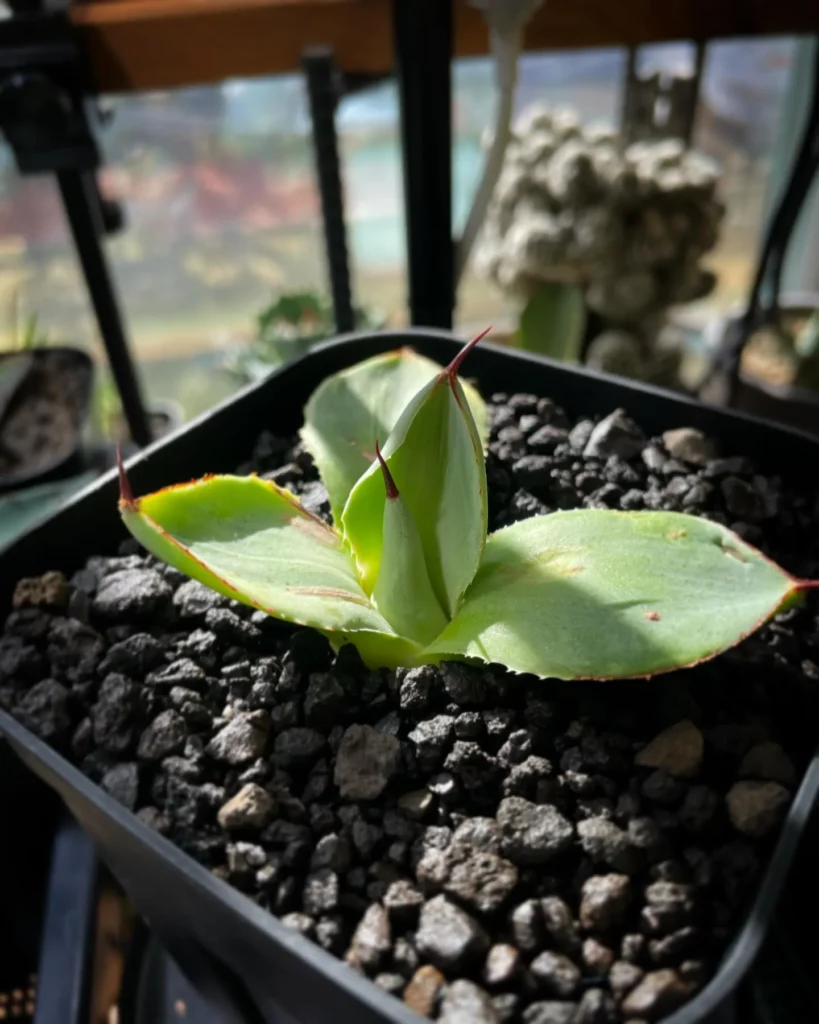
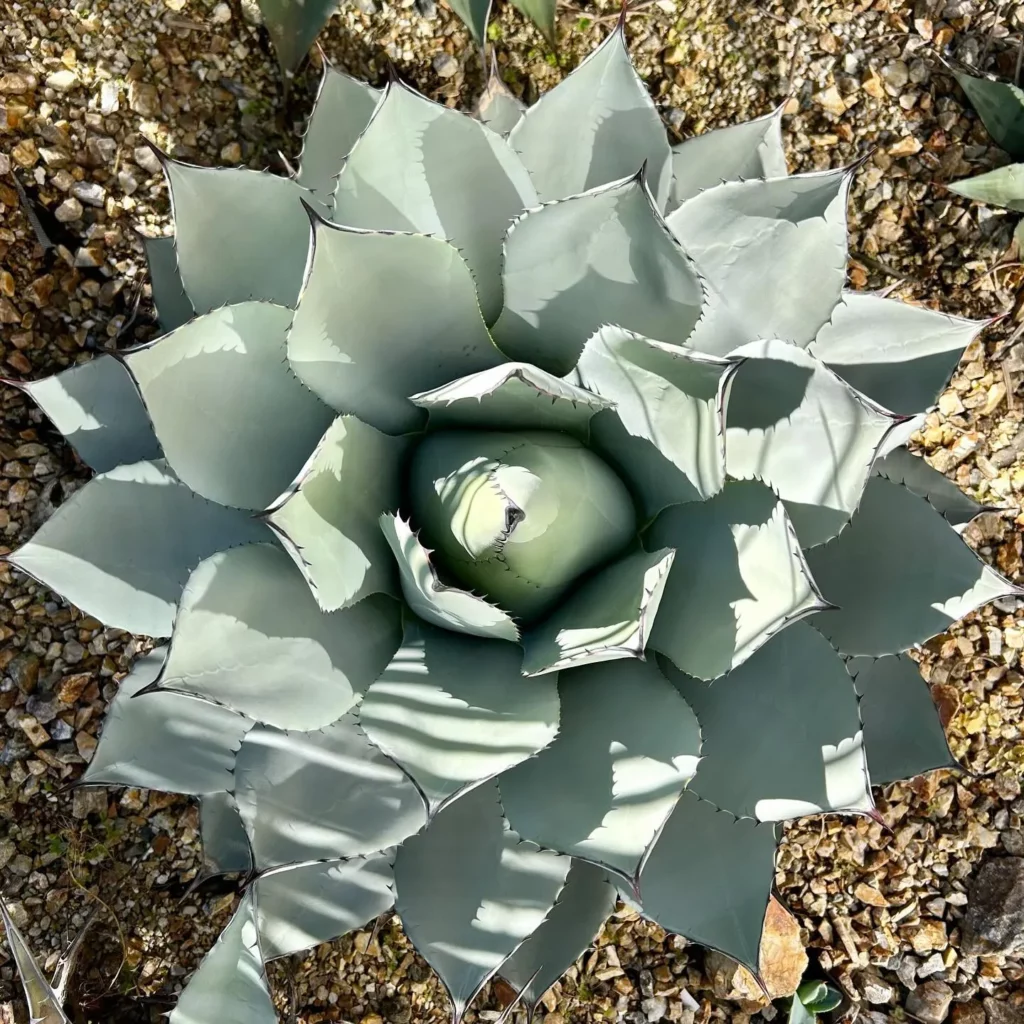
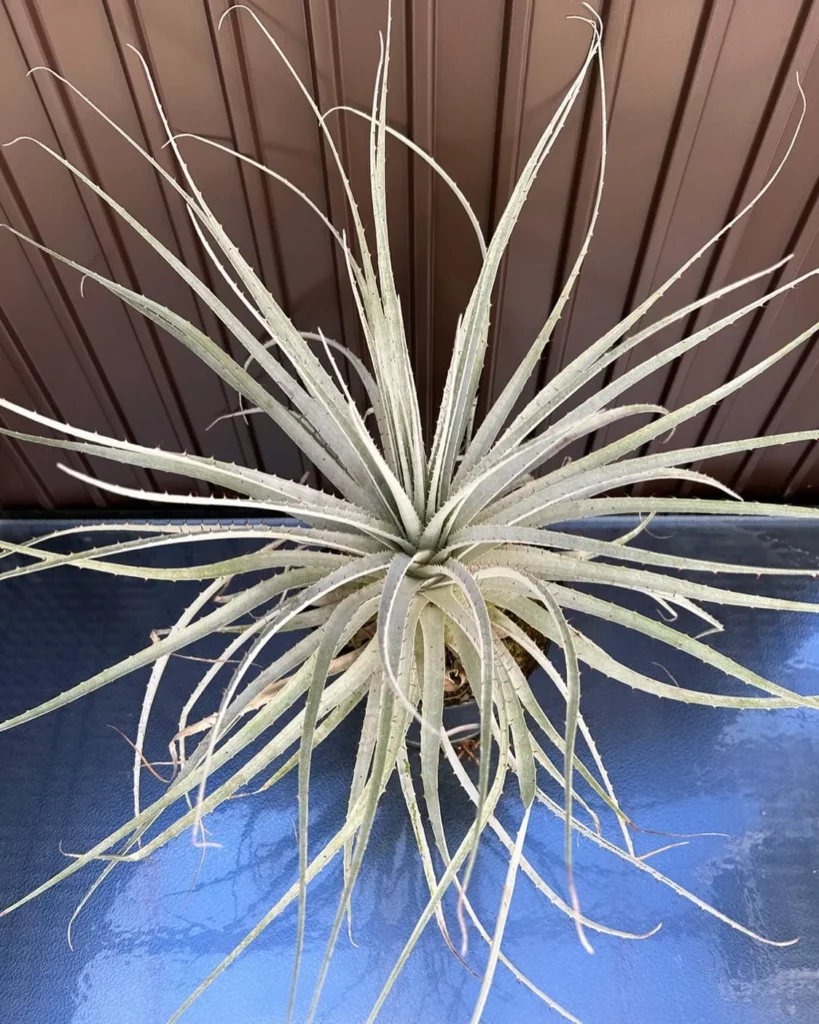
Parry’s Agave, also known as Agave Parryi or Century Plant, is a visually striking succulent that adds beauty to any indoor garden. Its unique appearance is characterized by geometric slate gray/blue rosettes, which grow slowly and form a clump. The evergreen foliage of Parry’s Agave is broadleaf, coarse, and measures less than six inches long and three to six inches wide. Although it rarely flowers, when it does, the blooms are truly magnificent.
When Parry’s Agave does flower, it typically occurs 10 to 15 years after planting. The flower stalks can reach impressive heights, reaching up to 20 feet tall. The summer buds are usually red and open to reveal blooms in shades ranging from gold to light yellow to green. Each mature plant can produce 20 to 30 side branches, with each branch bearing hundreds of flowers.
Parry’s Agave is a captivating succulent that not only adds visual interest to your indoor garden but also showcases a fascinating growth pattern and remarkable flowering capabilities.
Providing Adequate Sunlight for Parry’s Agave
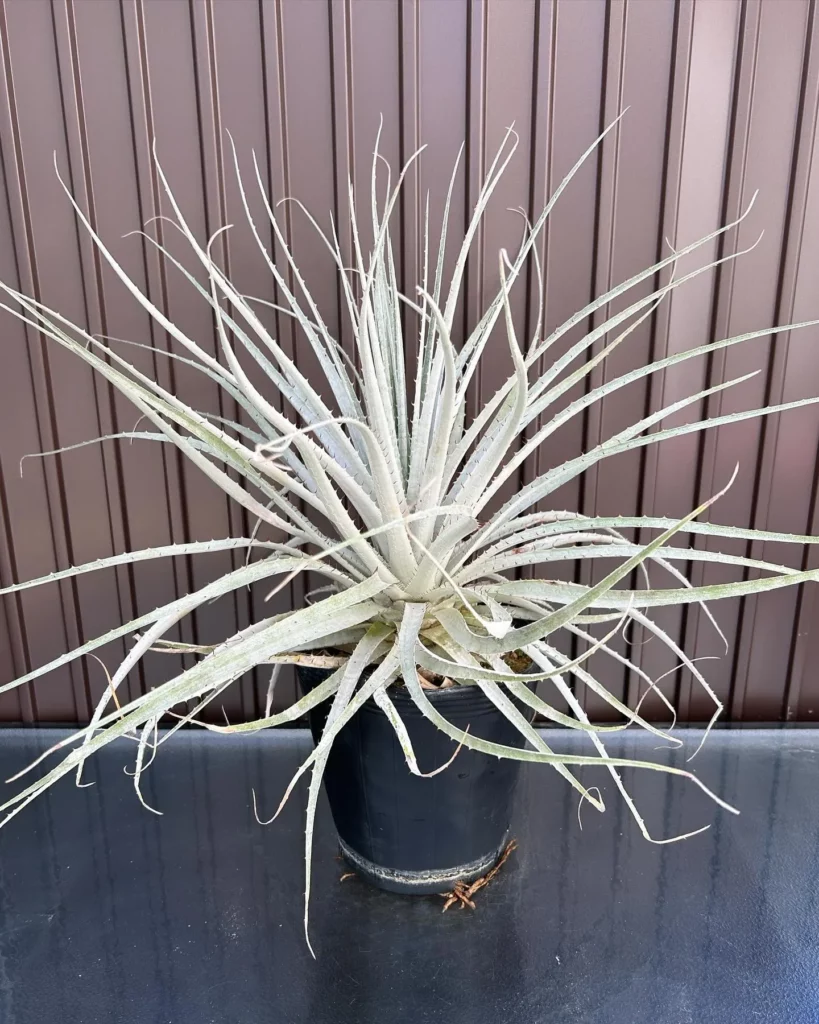
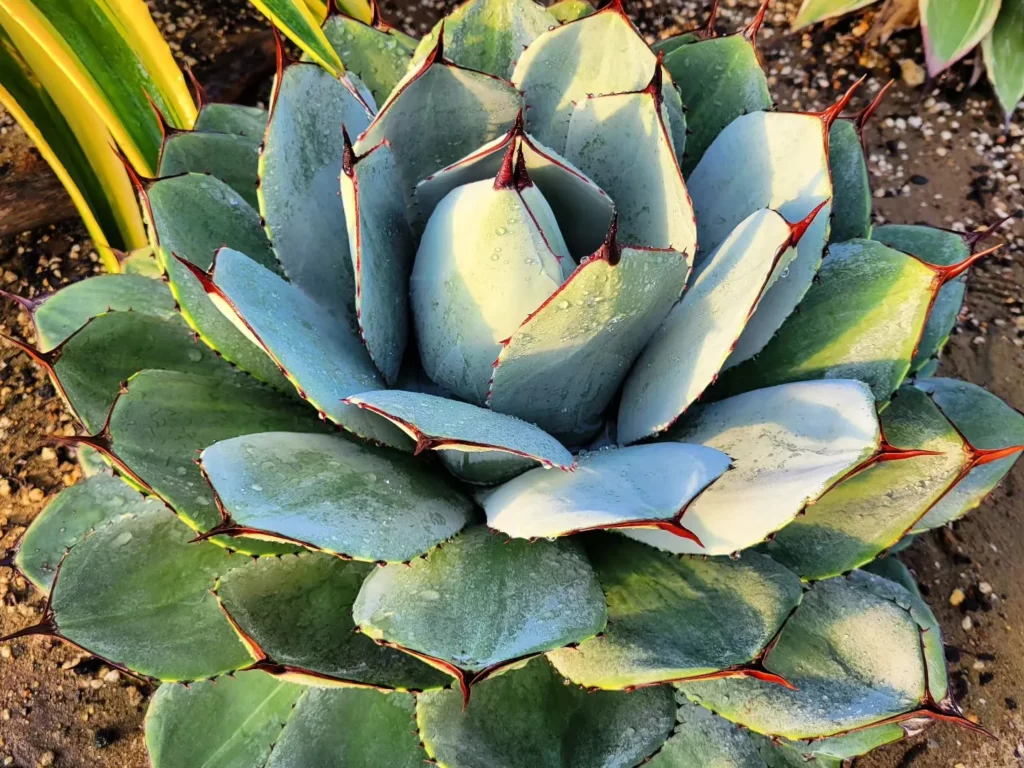
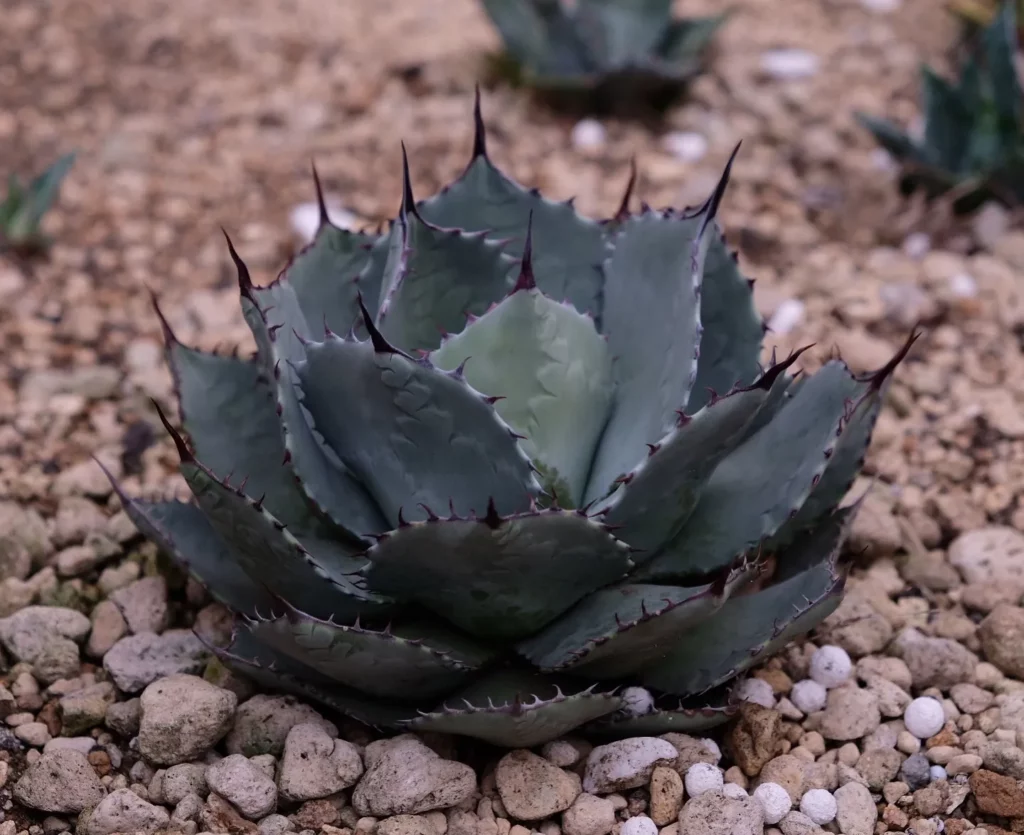
Parry’s Agave is a stunning succulent that requires ample sunlight to thrive. While it is not ideal for growing indoors, you can still enjoy this beautiful plant by placing it near a bright window with as much natural light as possible. However, it’s important to note that high reflection surfaces like white-colored concrete or shiny, mirroring windows can negatively impact the plant’s growth. To achieve optimal results, consider bringing your Parry’s Agave outside during the spring and fall, allowing it to bask in the full sun, and then returning it indoors during the cooler months.
When it comes to sunlight requirements, Parry’s Agave is a desert plant that craves the intensity of full sun. Being exposed to direct sunlight for at least 6 to 8 hours a day is essential for its overall health and growth. If you’re unable to provide this level of sunlight indoors, you may need to supplement with artificial grow lights specifically designed for succulents.
It’s important to strike a balance between providing enough sunlight and protecting your Parry’s Agave from excessive heat. If you notice signs of sunburn, such as brown patches on the leaves or wilting, move the plant to a spot with slightly less sun exposure. Remember, consistency is key when it comes to sunlight, so try to maintain a steady light source for your Parry’s Agave throughout the year.
Proper Watering Techniques for Parry’s Agave
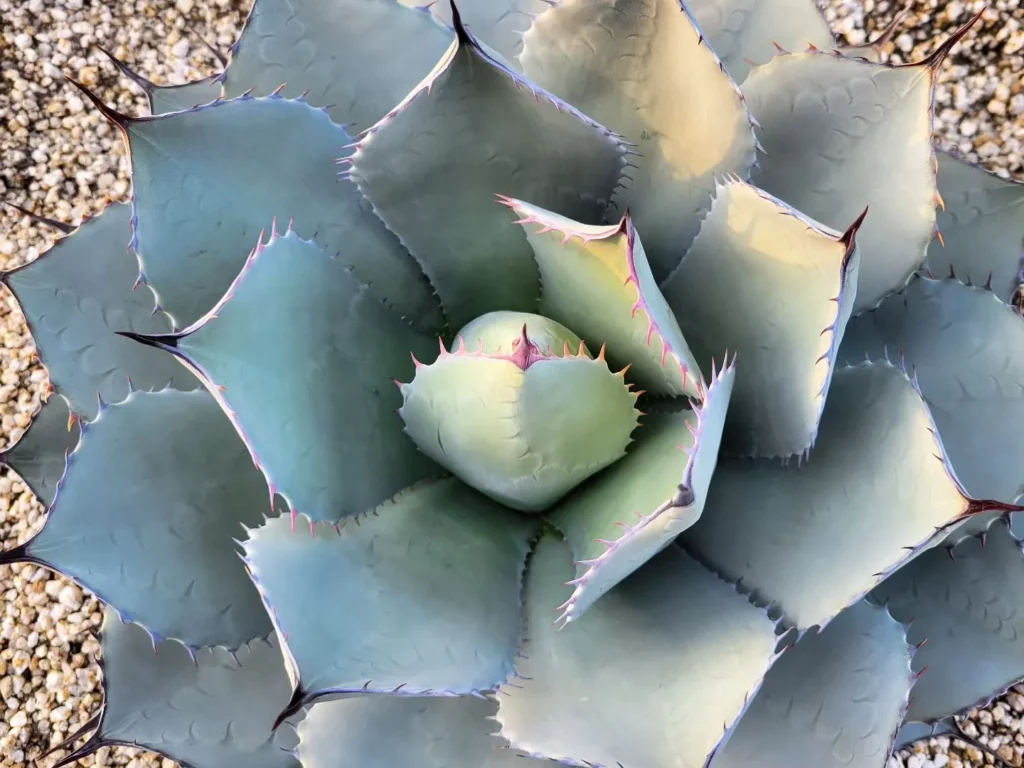
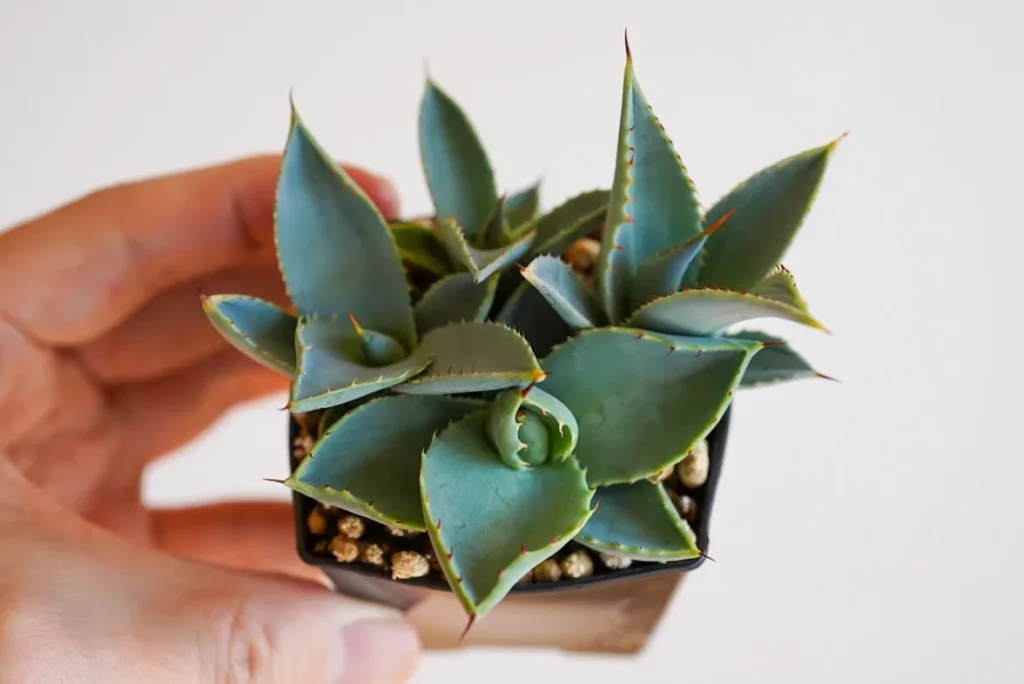
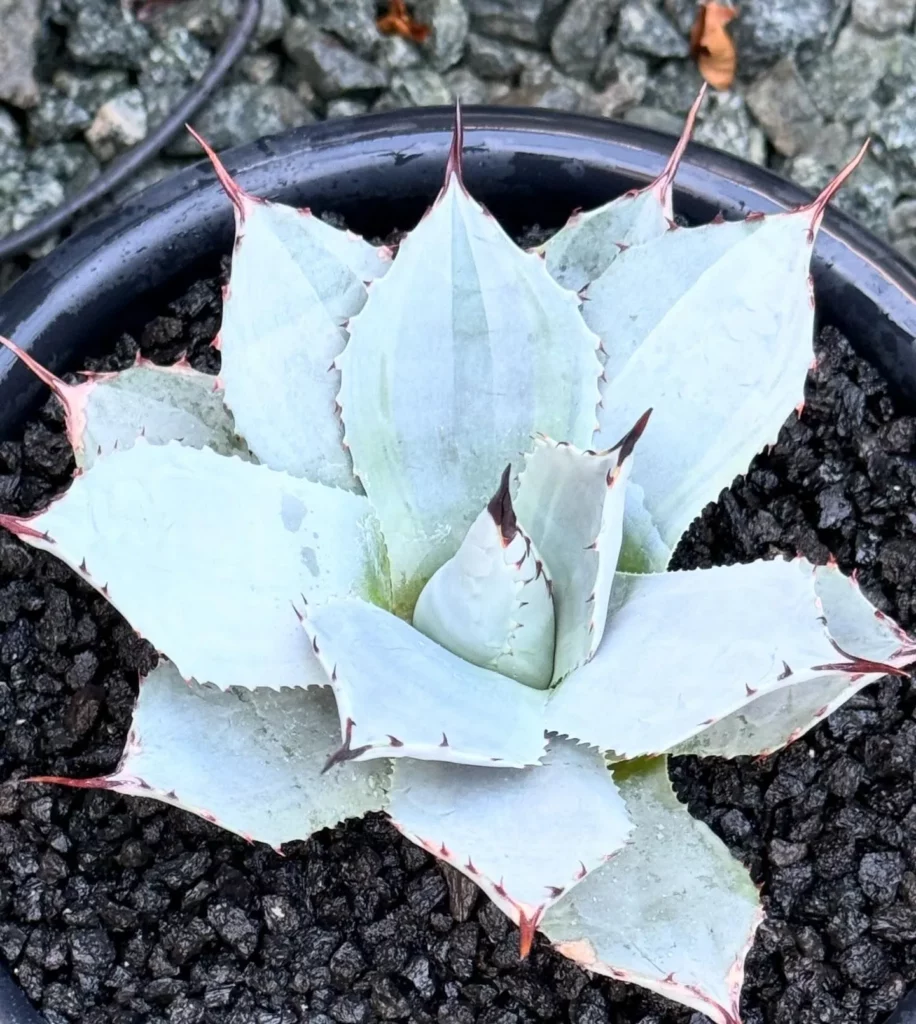
Watering is a crucial aspect of Parry’s Agave care, as this drought-tolerant plant requires specific watering practices to thrive. Here are some important tips to ensure proper watering for your Parry’s Agave:
- Allow the soil to dry out partially between waterings. Parry’s Agave prefers dry soil and is prone to root rot if overwatered.
- During the spring to fall growing season, water your plant thoroughly whenever the soil becomes dry. However, be careful not to overwater.
- In winter, reduce the frequency of watering to once a month, as the plant’s growth slows down during this time.
- Keep in mind that the watering frequency may vary depending on factors such as humidity, temperature, and the type of potting mix used.
Signs of Overwatering
It’s important to be aware of the signs of overwatering to prevent moisture-related issues in your Parry’s Agave. Here are some indications that your plant is receiving too much water:
- Yellowing or browning of the leaves
- Soft and mushy stems or roots
- Foul odor coming from the soil
- Wilting or drooping of the plant
Fertilizing Parry’s Agave: Essential Nutrients for Healthy Growth
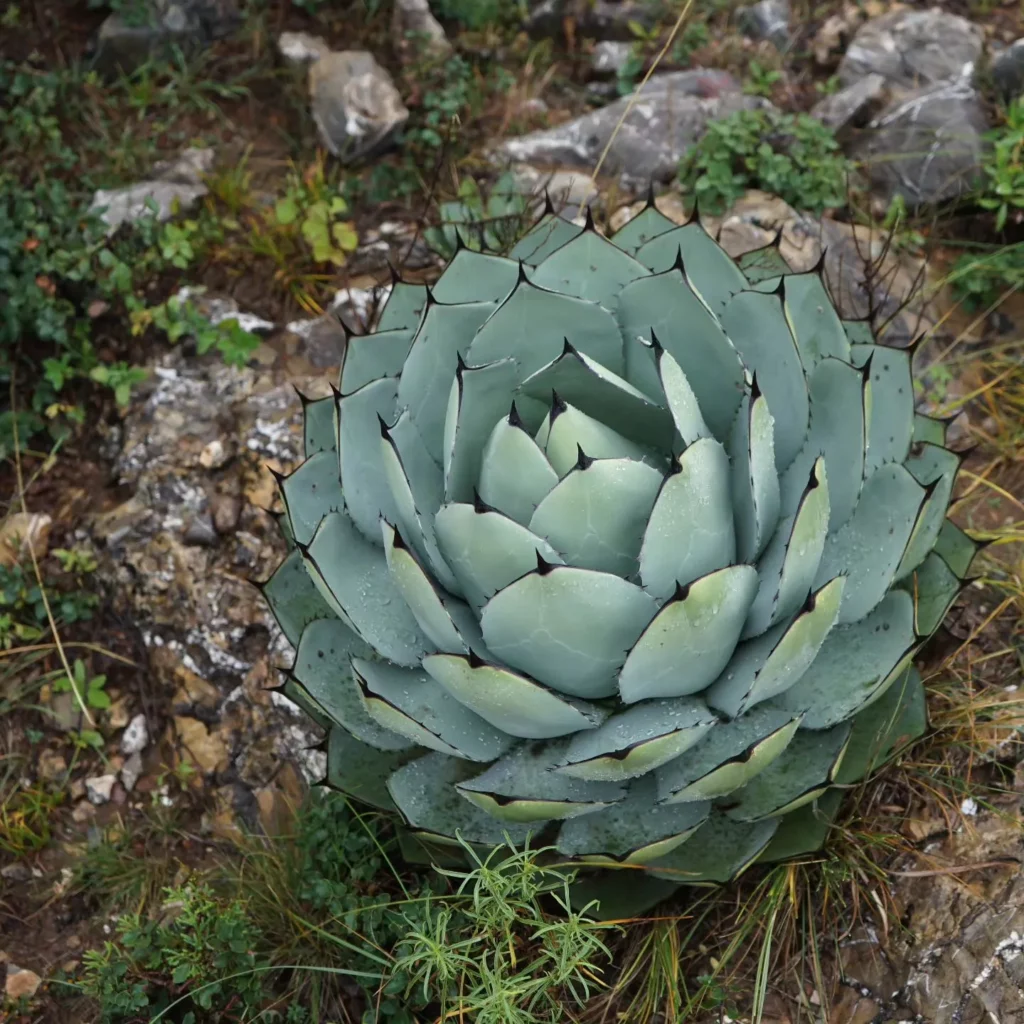
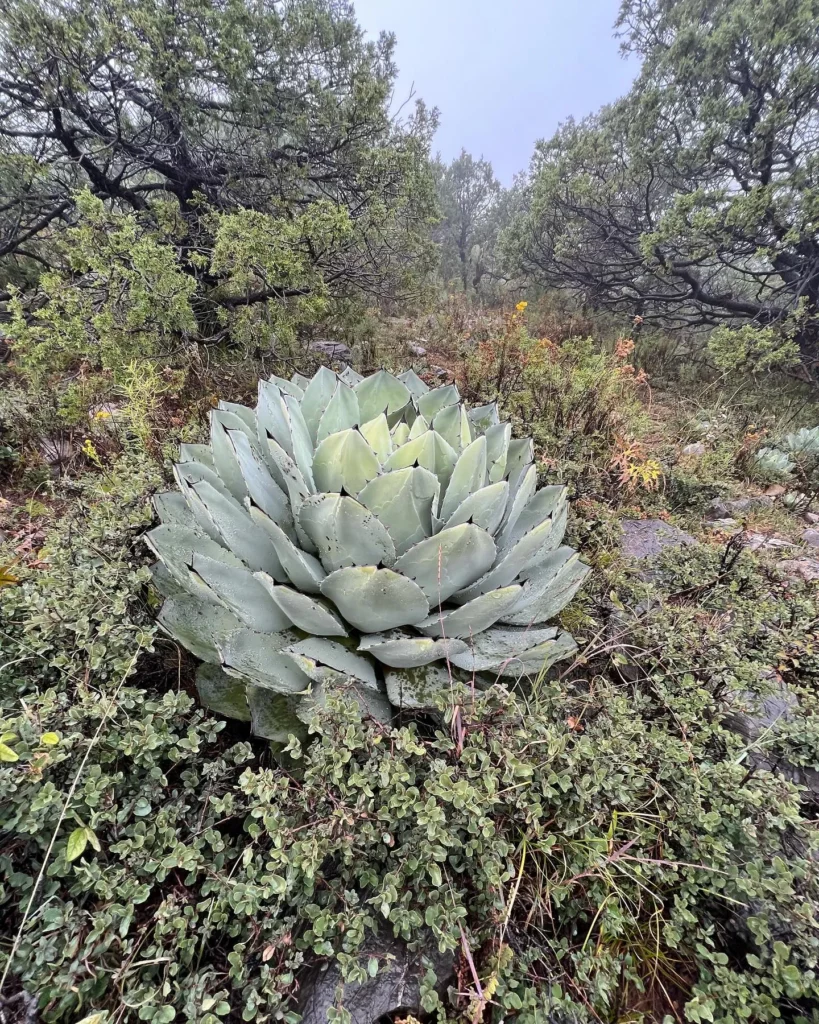
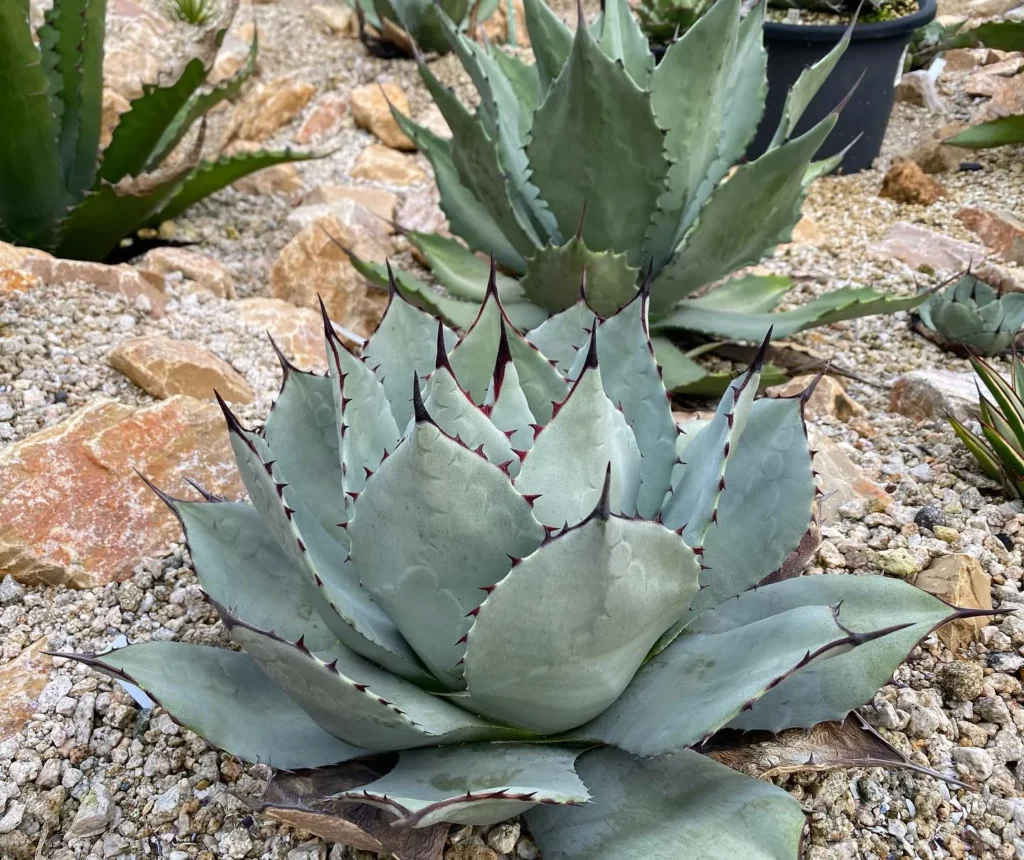
Proper fertilizing is crucial for maintaining the health and vigor of your Parry’s Agave. While this succulent is adapted to thrive in nutrient-poor desert soils, providing it with a small amount of fertilizer in the spring can give it a boost for the growing season. Make sure to choose a low nitrogen fertilizer, as excessive nitrogen can lead to excessive leaf growth and weaken the plant’s structure.
When applying the fertilizer, follow the package instructions for the recommended application rates. It’s important not to over-fertilize, as this can cause fertilizer burn and damage the plant. Remember, Parry’s Agave is a relatively low-maintenance plant, and excessive feeding is not necessary.
Key Points for Fertilizing Parry’s Agave:
- Apply a small amount of fertilizer in the spring to promote healthy growth.
- Choose a low nitrogen fertilizer to avoid excessive leaf growth.
- Follow the package instructions for application rates.
- Avoid over-fertilizing to prevent fertilizer burn.
Choosing the Right Pot and Soil for Parry’s Agave
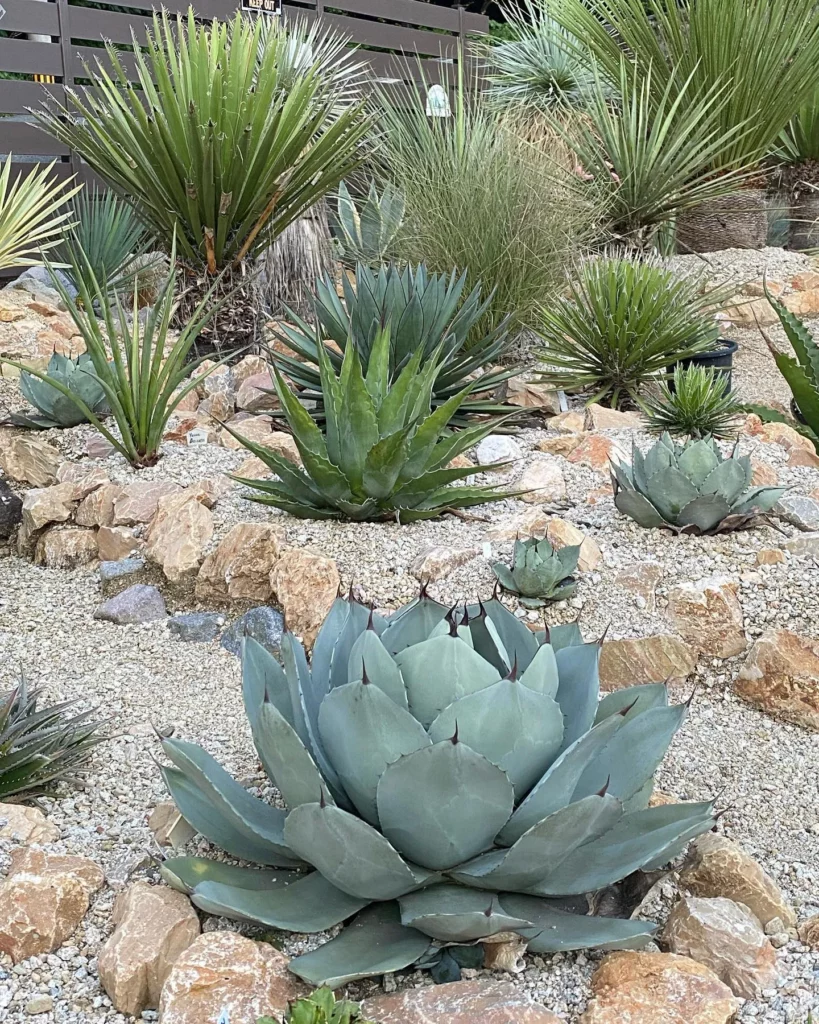
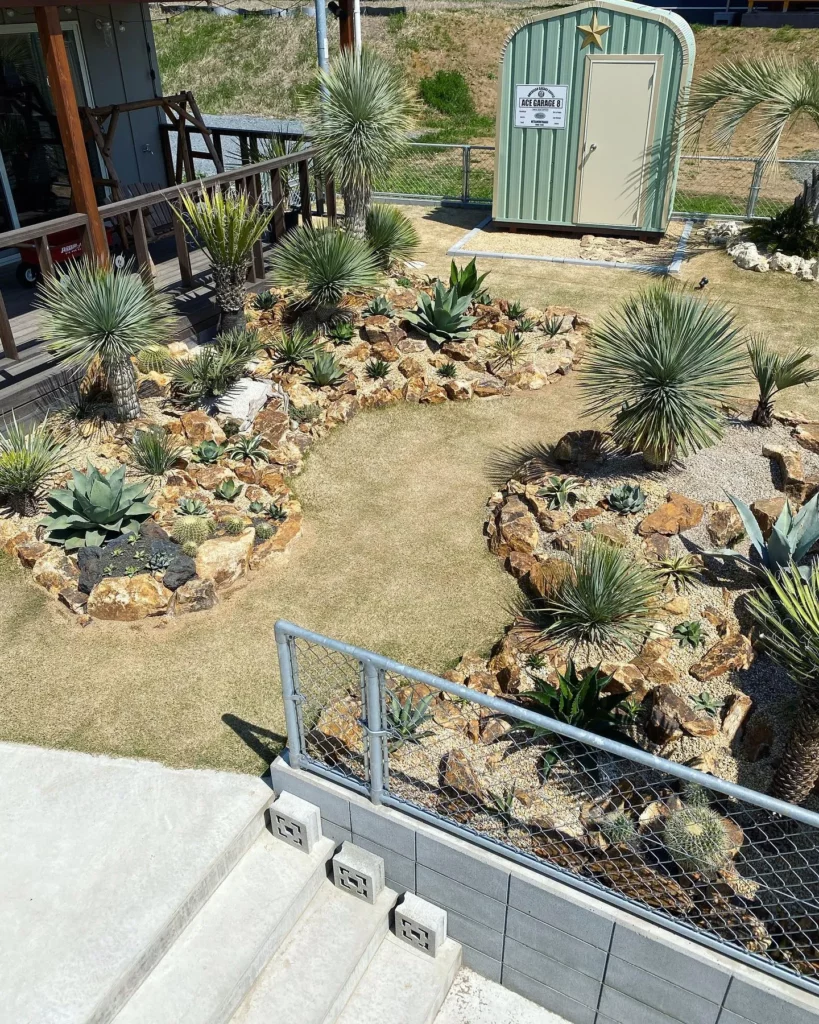
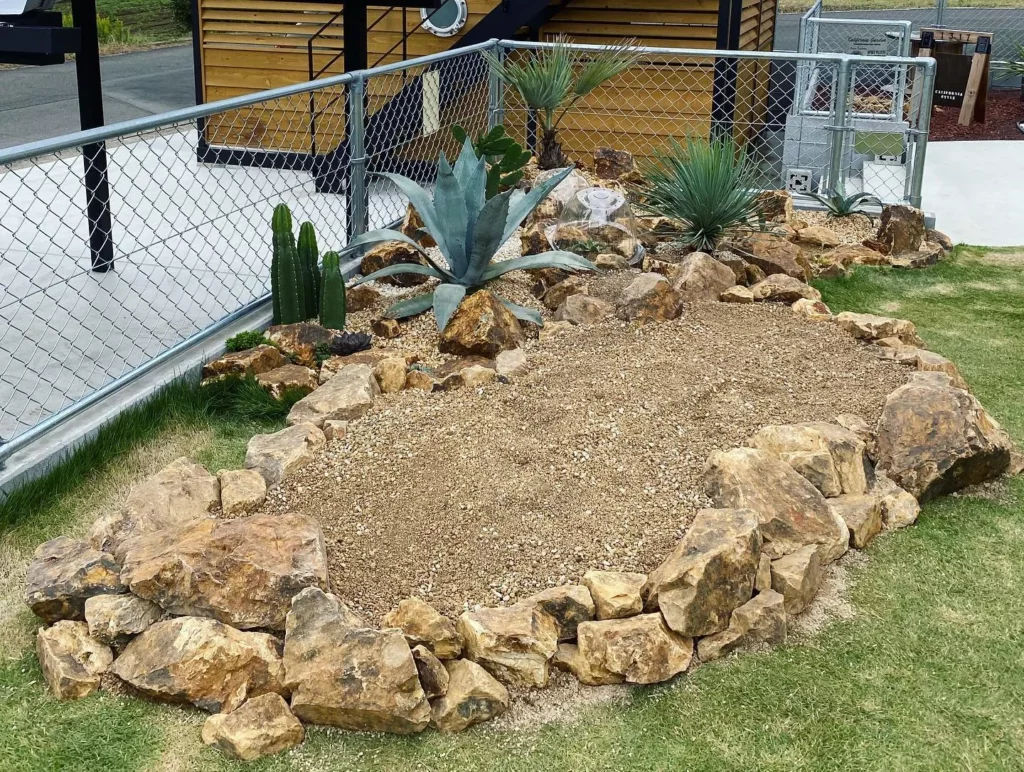
When it comes to potting your Parry’s Agave, choosing the right container and soil is crucial for its overall health and growth. Here are some important considerations to keep in mind:
Pot Selection
- Opt for a pot with adequate drainage holes to ensure proper water drainage. This will prevent waterlogged soil and potential root rot.
- Select a container that is slightly larger than the previous one when transplanting. This allows for some growth while avoiding excessive moisture retention.
Soil Requirements
- Parry’s Agave thrives in well-drained soil, such as loamy soil or a sandy and shallow rocky soil mix. This type of soil prevents water from sitting around the roots and causing root rot.
- When potting or transplanting, always use fresh, free-draining potting soil. This helps provide the necessary nutrients and aeration for healthy root development.
Propagating Parry’s Agave for New Plants
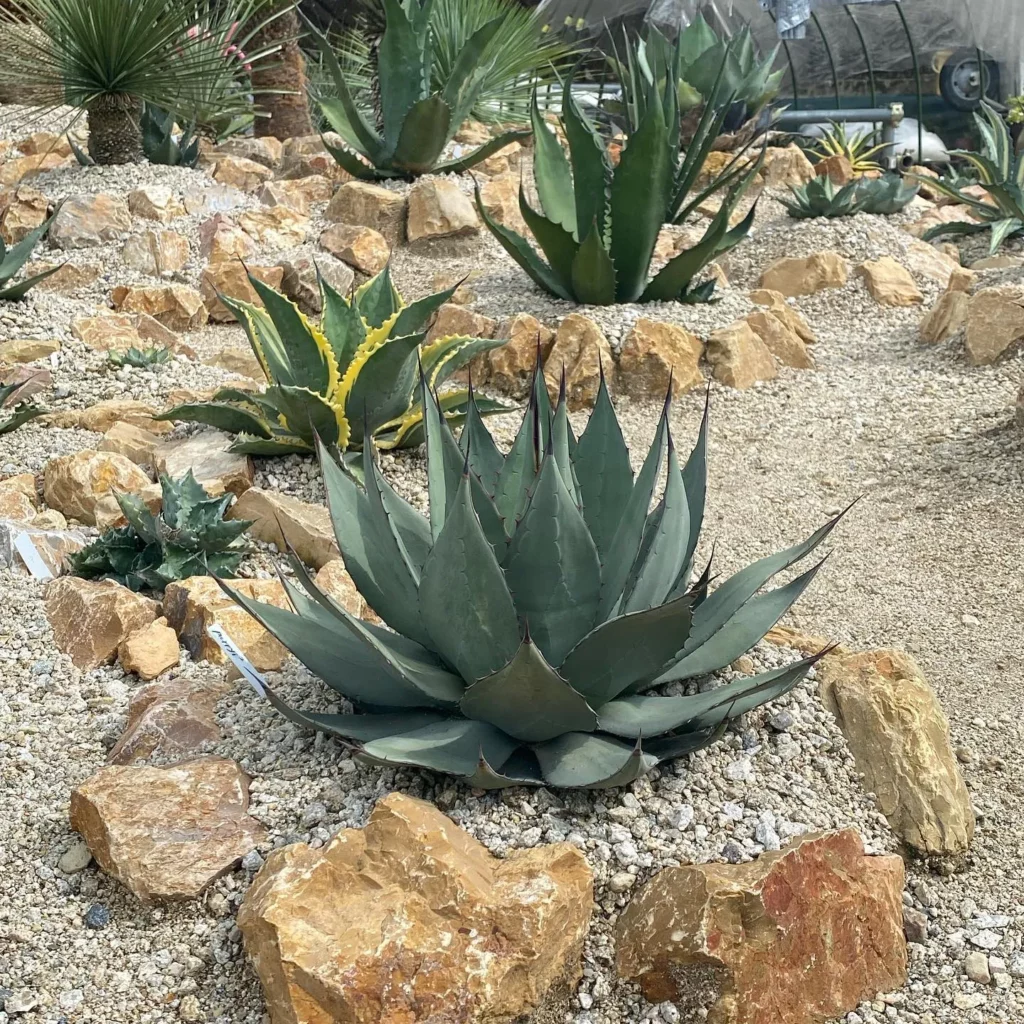
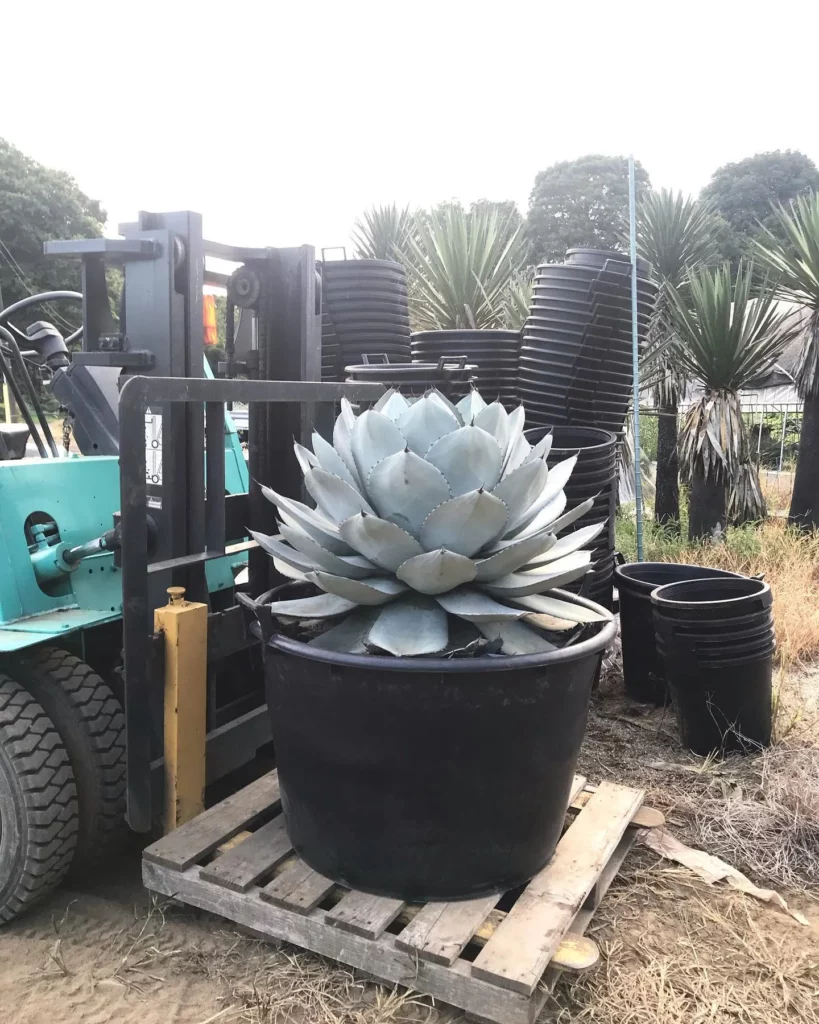
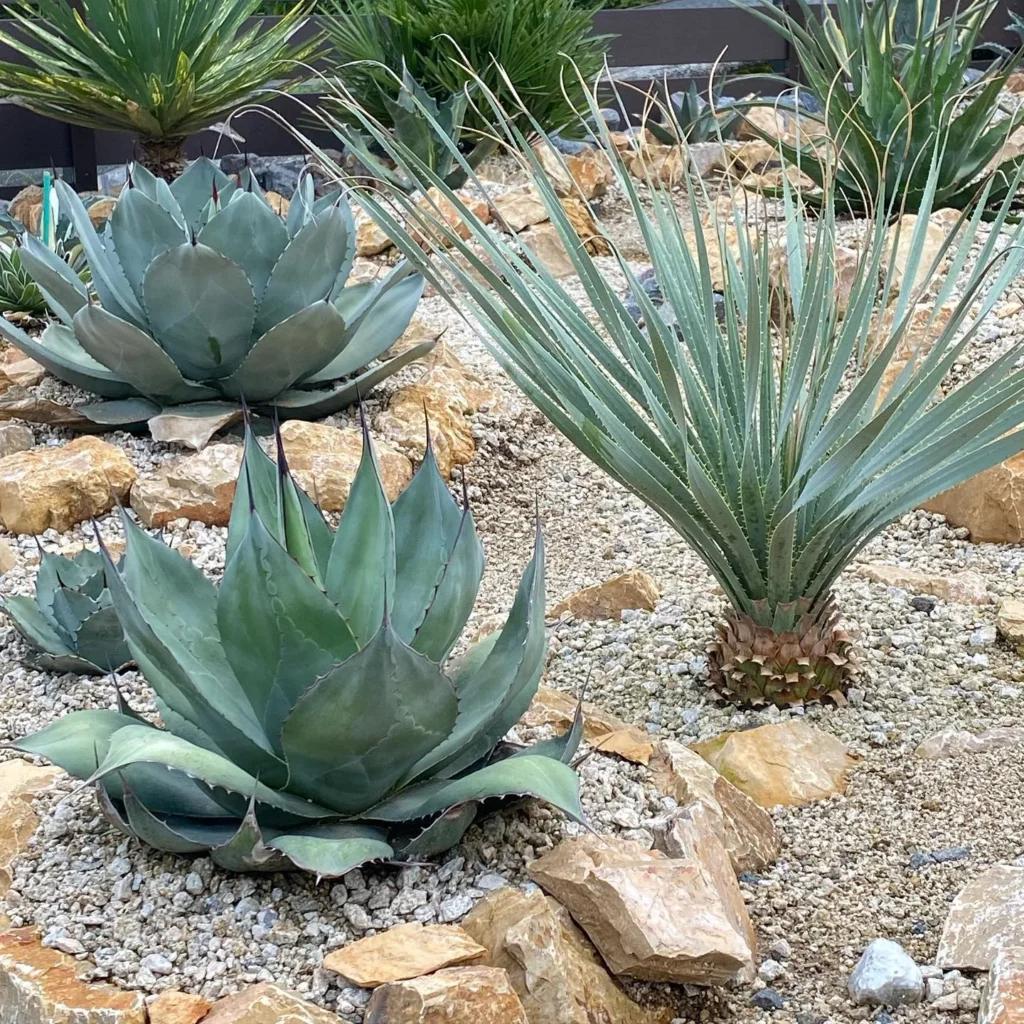
If you’re looking to expand your collection of Parry’s Agave or share this stunning succulent with friends and family, propagating through offsets is the way to go. Offsets are small offshoots that emerge from the base of the main plant. These can be carefully removed and replanted to grow into new plants.
The best time to propagate Parry’s Agave using offsets is during the spring and summer months when the plant is actively growing. To propagate, gently separate the offsets from the main plant, ensuring they have a few roots attached. Plant them in a well-draining soil mix and water lightly to settle the soil.
Propagation through Seeds
- In addition to offsets, you can also propagate Parry’s Agave from seeds.
- Start by filling shallow pots with a well-draining sterile soil mix.
- Sow the seeds on the soil surface and cover with a thin layer of soil.
- Maintain bright, indirect light and cover the pots with a transparent material to retain moisture.
- Keep the soil consistently moist but not overly wet.
- Germination can take several weeks, so be patient and provide the seeds with the right conditions for successful growth.
Growth Cycle and Lifespan of Parry’s Agave
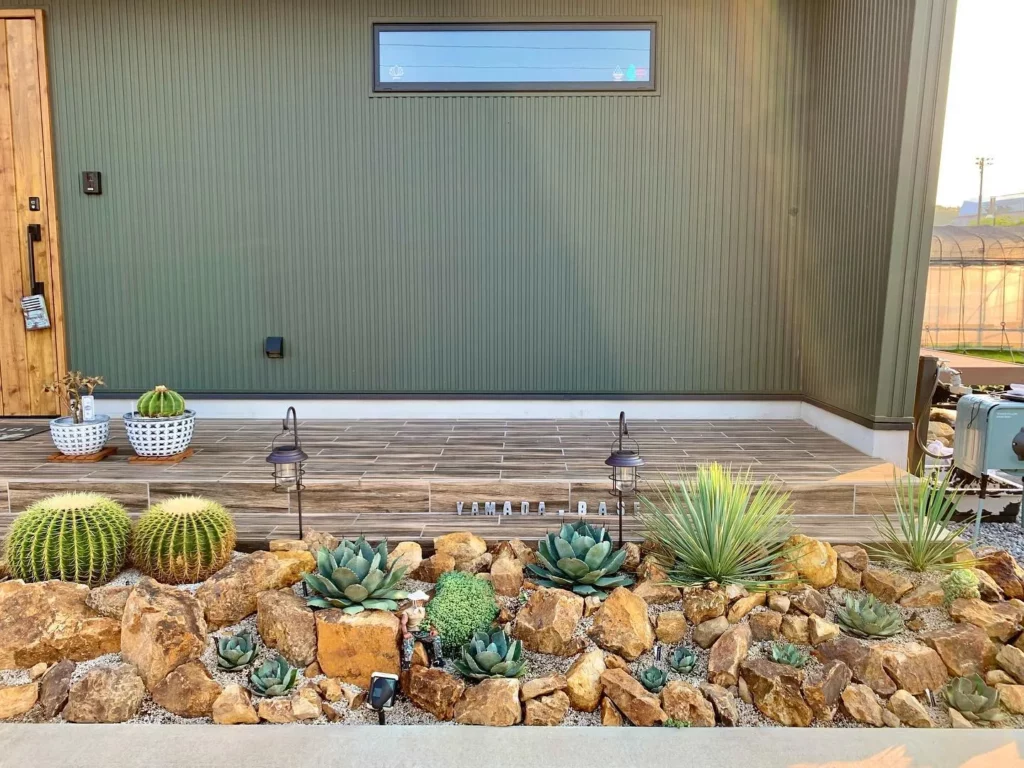
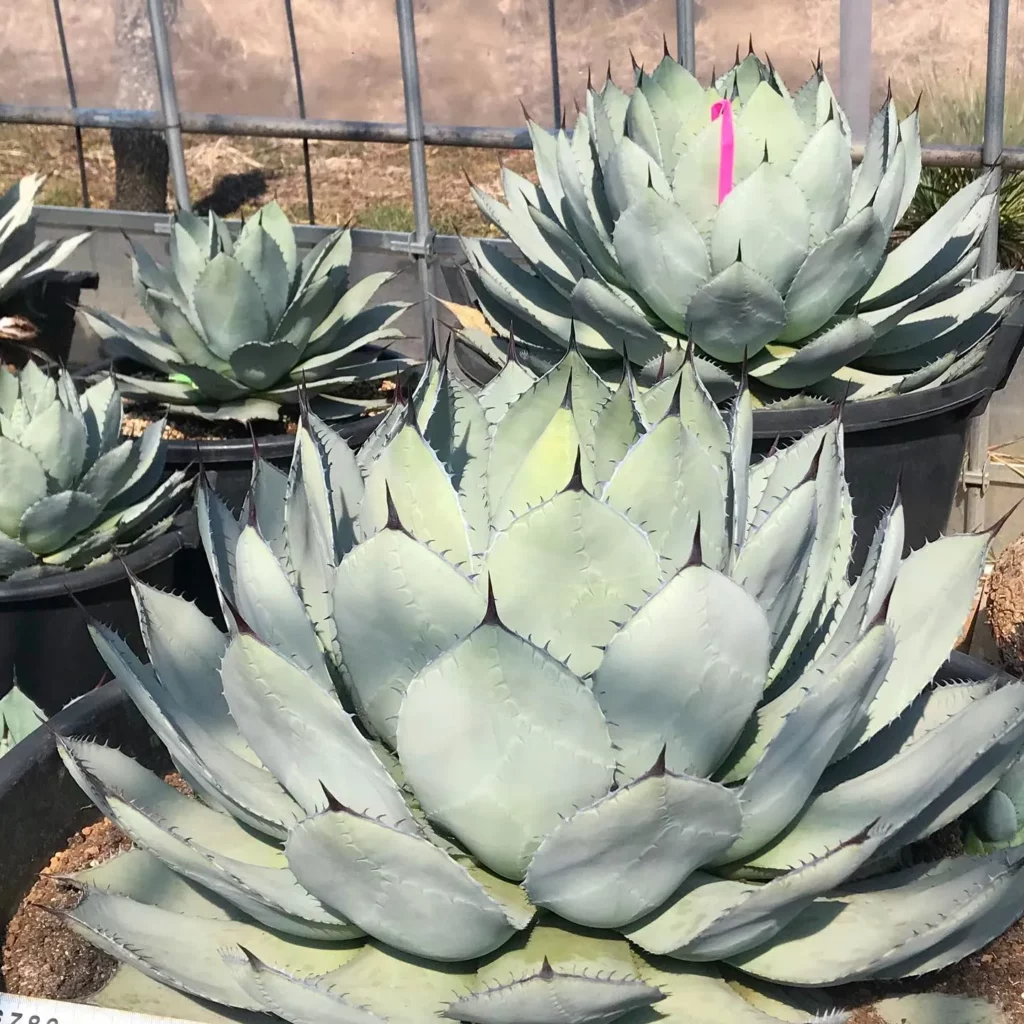
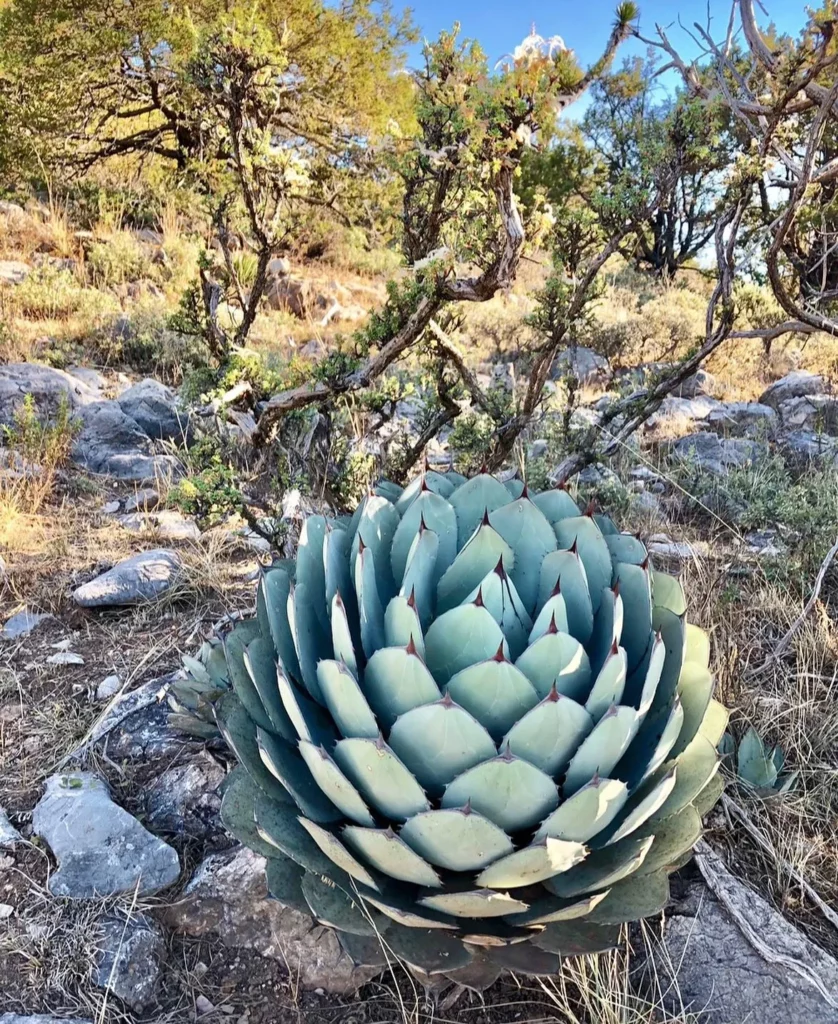
Parry’s Agave, also known as Agave Parryi or Century Plant, has a unique growth cycle and lifespan. This perennial succulent typically takes around 10 to 15 years to reach maturity and produce its majestic blooms. Once the plant has bloomed, the main rosette that produced the flowers will gradually die. However, you don’t have to say goodbye to your Parry’s Agave just yet. The plant produces offsets, which are small offshoots that can continue the cycle of growth and blooming. These offsets can be carefully separated from the parent plant and replanted to create new plants.
Understanding the Blooming Phase
When Parry’s Agave enters its blooming phase, it puts on a spectacular display. The plant sends up tall flower stalks that can reach up to 20 feet in height. The buds start off as red and open into stunning blooms ranging from gold to light yellow to green. The floral show is truly a sight to behold. However, it’s important to note that the blooming phase marks the end of the main rosette’s life. This is a natural part of the plant’s growth cycle. But don’t worry, the offsets it produces can continue the cycle and give you new plants to enjoy.
Lifespan and Legacy of Parry’s Agave
Parry’s Agave has a lifespan of many years, earning it the nickname “Century Plant.” While the main rosette that produces flowers will eventually die, the offsets it produces can carry on the legacy of the plant. These offsets will grow and eventually reach maturity, blooming in their own time. This cycle continues, ensuring that the beauty of Parry’s Agave lives on. So, even though the main rosette may die after blooming, the plant as a whole can continue to thrive and bring joy for many years to come.
Preventing and Managing Pests and Diseases in Parry’s Agave
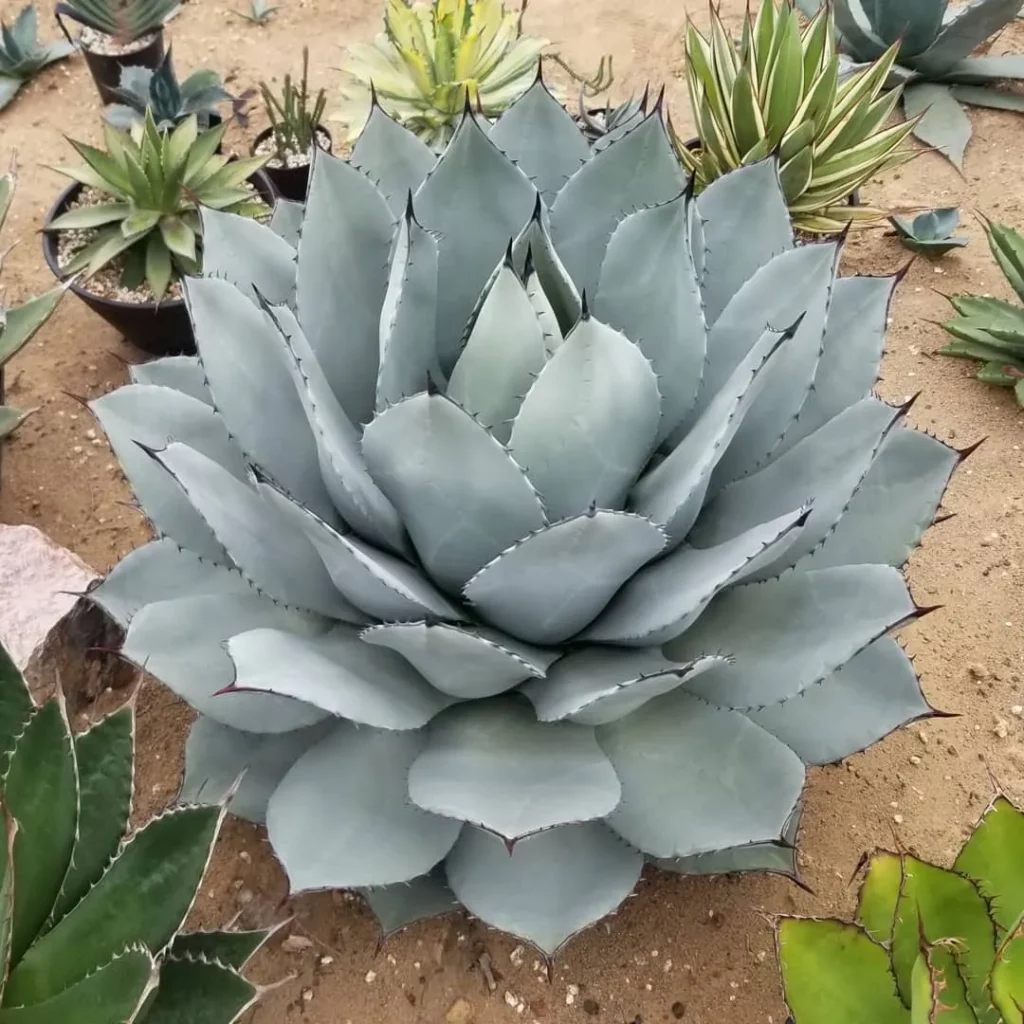

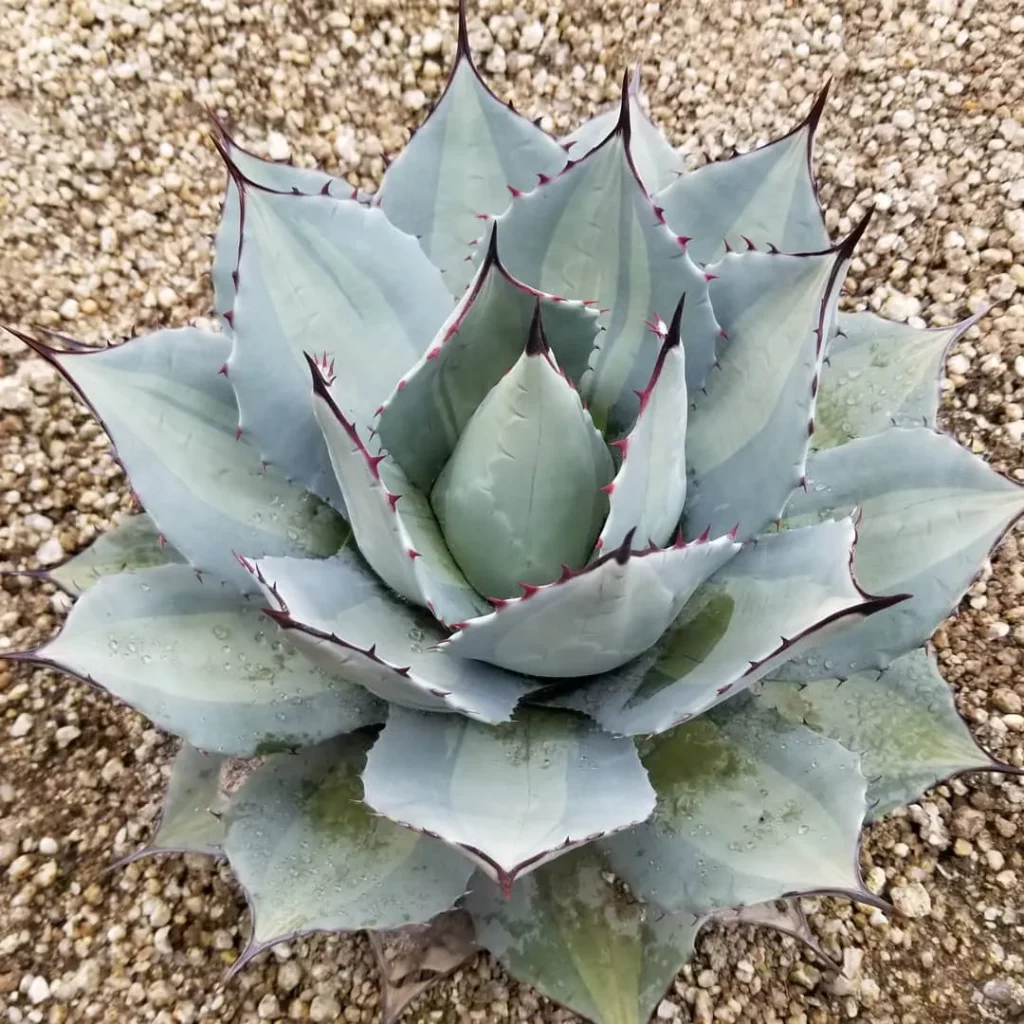
While Parry’s Agave is generally a relatively pest-free plant, it can still be susceptible to infestations by certain pests. Regularly inspecting your plant for signs of infestation is crucial in preventing and managing these pests. Some common pests that can affect Parry’s Agave include Agave weevils, slugs, and scale insects.
If you notice any signs of infestation, such as holes in the leaves or sticky residue on the plant, it’s important to take immediate action. One effective method is to manually remove the pests from the plant using tweezers or by handpicking them off. Another option is to use organic pest control methods, such as neem oil or insecticidal soap, which can help eliminate the pests without harming the plant.
Prevention is Key
Preventing pest infestations in the first place is always better than dealing with them after they occur. There are several steps you can take to prevent pests from attacking your Parry’s Agave. First, ensure that your plant is growing in healthy conditions, with proper sunlight, watering, and nutrition. Healthy plants are less likely to attract pests.
Additionally, regularly cleaning the area around your plant and removing any fallen leaves or debris can help eliminate potential hiding spots for pests. Avoid overwatering your plant, as excess moisture can create an inviting environment for pests and can also lead to root rot.
Managing Diseases
In terms of diseases, Parry’s Agave is usually disease-free. However, overwatering can lead to root rot, which is a common issue that can affect the health of the plant. To prevent root rot, it is essential to provide your Parry’s Agave with well-drained soil and avoid overwatering. Allow the soil to dry out partially between waterings to ensure proper moisture levels.
If you notice any signs of root rot, such as wilting leaves or a foul odor coming from the soil, take immediate action. Carefully remove the affected parts of the plant and repot it in fresh, well-drained soil. Adjust your watering practices to ensure proper moisture balance going forward.
- Regularly inspect your Parry’s Agave for signs of pest infestation and take appropriate action if necessary.
- Prevent pests by maintaining healthy plant conditions and regularly cleaning the area around your plant.
- Avoid overwatering to prevent root rot, a common disease that can affect Parry’s Agave.
Summary and Final Thoughts on Parry’s Agave Care
After exploring all the essential aspects of growing and maintaining Parry’s Agave, it’s clear that this stunning succulent is a perfect addition to any indoor garden. Its unique appearance, with geometric slate gray/blue rosettes and showy foliage, will surely bring joy to your space.
Proper watering techniques are crucial for this drought-tolerant plant. Always water thoroughly when the soil becomes dry, but be cautious of overwatering, as it can lead to root rot. Additionally, feeding your Parry’s Agave with a small amount of fertilizer in the spring can promote healthy growth, but avoid excessive feeding.
When potting your Parry’s Agave, choose a container with proper drainage and use well-drained, fresh potting soil. And if you want to propagate new plants, the preferred method is through offsets that can be carefully replanted. Keep in mind that Parry’s Agave has a long lifespan, and after its magnificent blooming period, the main rosette will die, but the offsets will continue the cycle of growth and blooming.
Parry’s Agave is a low-maintenance succulent that, with the right care, can thrive and bring beauty to your indoor garden. By providing it with adequate sunlight, proper watering and feeding, suitable potting conditions, and monitoring for pests and diseases, you can enjoy the unique charm of this remarkable plant.
FAQ
Can Parry’s Agave be grown indoors?
While Parry’s Agave is not ideal for indoor gardening, it can be placed near a bright window with as much natural light as possible. It is important to avoid high reflection surfaces like white-colored concrete or shiny, mirroring windows, as they can adversely affect the plant’s growth. For optimal results, consider bringing your Parry’s Agave outside during the spring and fall and returning it indoors during the cooler months.
How often should I water Parry’s Agave?
During the growing season (spring to fall), water the plant thoroughly whenever the soil becomes dry. However, it is essential to avoid overwatering, as root rot can occur in overly moist soils. In winter, reduce the frequency of watering to once a month. Keep in mind that plants in containers may require more frequent watering. It is crucial to allow the soil to dry out partially between waterings to prevent moisture-related issues.
When should I fertilize Parry’s Agave?
Providing Parry’s Agave with a small amount of fertilizer in the spring for the first two years can promote healthy growth. Use a low nitrogen fertilizer and follow the package instructions for application rates. Avoid over-fertilizing, as this can lead to excessive leaf growth and weaken the plant’s structure. Remember, Parry’s Agave is adapted to thrive in nutrient-poor desert soils, so it does not require heavy feeding.
How do I choose the right pot and soil for Parry’s Agave?
When potting Parry’s Agave, choose a container with adequate drainage holes to ensure proper water drainage. The plant prefers well-drained loamy soil or sandy and shallow rocky soil. When transplanting, select a new pot that is just slightly larger than the previous one to avoid excessive moisture retention. Use fresh, free-draining potting soil and allow the plant about a week to readjust before watering it again.
How can I propagate Parry’s Agave?
The main form of propagation for Parry’s Agave is through offsets. These small offshoots that emerge from the base of the main plant can be carefully removed and replanted in a new container or garden bed. The best time to propagate by offsets is in spring and summer. Alternatively, you can sow seeds in shallow pots filled with a well-draining sterile soil mix in the spring. Maintain bright, indirect light and cover the pots with a transparent material to retain moisture. It’s important to note that Parry’s Agave can take many years to produce seeds, making offset propagation the preferred method.
How long does Parry’s Agave live?
Parry’s Agave has a lifespan of many years and is commonly referred to as a Century Plant. After the plant puts on a magnificent floral show, it enters its dying phase. The bold bluish foliage and high-reaching plentiful blooms are its legacy. It’s important to understand that the plant’s blooming period occurs approximately 10 to 15 years after planting, and the main rosette that produced flowers will die. However, the plant produces offsets that can continue the cycle of growth and blooming.
How do I prevent pests and diseases in Parry’s Agave?
Parry’s Agave is generally a relatively pest-free plant. However, it can be susceptible to infestations by pests such as Agave weevils, slugs, and scale insects. Regularly inspect your plant for any signs of infestation and take appropriate measures, such as manually removing the pests or using organic pest control methods. Parry’s Agave is usually disease-free, but overwatering can lead to root rot. To prevent this, ensure proper watering practices and provide well-drained soil.
Can Parry’s Agave be grown indoors?
While Parry’s Agave is not ideal for indoor gardening, it can be placed near a bright window with as much natural light as possible. It is important to avoid high reflection surfaces like white-colored concrete or shiny, mirroring windows, as they can adversely affect the plant’s growth. For optimal results, consider bringing your Parry’s Agave outside during the spring and fall and returning it indoors during the cooler months.
How often should I water Parry’s Agave?
During the growing season (spring to fall), water the plant thoroughly whenever the soil becomes dry. However, it is essential to avoid overwatering, as root rot can occur in overly moist soils. In winter, reduce the frequency of watering to once a month. Keep in mind that plants in containers may require more frequent watering. It is crucial to allow the soil to dry out partially between waterings to prevent moisture-related issues.
When should I fertilize Parry’s Agave?
Providing Parry’s Agave with a small amount of fertilizer in the spring for the first two years can promote healthy growth. Use a low nitrogen fertilizer and follow the package instructions for application rates. Avoid over-fertilizing, as this can lead to excessive leaf growth and weaken the plant’s structure. Remember, Parry’s Agave is adapted to thrive in nutrient-poor desert soils, so it does not require heavy feeding.
How do I choose the right pot and soil for Parry’s Agave?
When potting Parry’s Agave, choose a container with adequate drainage holes to ensure proper water drainage. The plant prefers well-drained loamy soil or sandy and shallow rocky soil. When transplanting, select a new pot that is just slightly larger than the previous one to avoid excessive moisture retention. Use fresh, free-draining potting soil and allow the plant about a week to readjust before watering it again.
How can I propagate Parry’s Agave?
The main form of propagation for Parry’s Agave is through offsets. These small offshoots that emerge from the base of the main plant can be carefully removed and replanted in a new container or garden bed. The best time to propagate by offsets is in spring and summer. Alternatively, you can sow seeds in shallow pots filled with a well-draining sterile soil mix in the spring. Maintain bright, indirect light and cover the pots with a transparent material to retain moisture. It’s important to note that Parry’s Agave can take many years to produce seeds, making offset propagation the preferred method.
How long does Parry’s Agave live?
Parry’s Agave has a lifespan of many years and is commonly referred to as a Century Plant. After the plant puts on a magnificent floral show, it enters its dying phase. The bold bluish foliage and high-reaching plentiful blooms are its legacy. It’s important to understand that the plant’s blooming period occurs approximately 10 to 15 years after planting, and the main rosette that produced flowers will die. However, the plant produces offsets that can continue the cycle of growth and blooming.
How do I prevent pests and diseases in Parry’s Agave?
Parry’s Agave is generally a relatively pest-free plant. However, it can be susceptible to infestations by pests such as Agave weevils, slugs, and scale insects. Regularly inspect your plant for any signs of infestation and take appropriate measures, such as manually removing the pests or using organic pest control methods. Parry’s Agave is usually disease-free, but overwatering can lead to root rot. To prevent this, ensure proper watering practices and provide well-drained soil.
Can Parry’s Agave be grown indoors?
While Parry’s Agave is not ideal for indoor gardening, it can be placed near a bright window with as much natural light as possible. It is important to avoid high reflection surfaces like white-colored concrete or shiny, mirroring windows, as they can adversely affect the plant’s growth. For optimal results, consider bringing your Parry’s Agave outside during the spring and fall and returning it indoors during the cooler months.
How often should I water Parry’s Agave?
During the growing season (spring to fall), water the plant thoroughly whenever the soil becomes dry. However, it is essential to avoid overwatering, as root rot can occur in overly moist soils. In winter, reduce the frequency of watering to once a month. Keep in mind that plants in containers may require more frequent watering. It is crucial to allow the soil to dry out partially between waterings to prevent moisture-related issues.
When should I fertilize Parry’s Agave?
Providing Parry’s Agave with a small amount of fertilizer in the spring for the first two years can promote healthy growth. Use a low nitrogen fertilizer and follow the package instructions for application rates. Avoid over-fertilizing, as this can lead to excessive leaf growth and weaken the plant’s structure. Remember, Parry’s Agave is adapted to thrive in nutrient-poor desert soils, so it does not require heavy feeding.
How do I choose the right pot and soil for Parry’s Agave?
When potting Parry’s Agave, choose a container with adequate drainage holes to ensure proper water drainage. The plant prefers well-drained loamy soil or sandy and shallow rocky soil. When transplanting, select a new pot that is just slightly larger than the previous one to avoid excessive moisture retention. Use fresh, free-draining potting soil and allow the plant about a week to readjust before watering it again.
How can I propagate Parry’s Agave?
The main form of propagation for Parry’s Agave is through offsets. These small offshoots that emerge from the base of the main plant can be carefully removed and replanted in a new container or garden bed. The best time to propagate by offsets is in spring and summer. Alternatively, you can sow seeds in shallow pots filled with a well-draining sterile soil mix in the spring. Maintain bright, indirect light and cover the pots with a transparent material to retain moisture. It’s important to note that Parry’s Agave can take many years to produce seeds, making offset propagation the preferred method.
How long does Parry’s Agave live?
Parry’s Agave has a lifespan of many years and is commonly referred to as a Century Plant. After the plant puts on a magnificent floral show, it enters its dying phase. The bold bluish foliage and high-reaching plentiful blooms are its legacy. It’s important to understand that the plant’s blooming period occurs approximately 10 to 15 years after planting, and the main rosette that produced flowers will die. However, the plant produces offsets that can continue the cycle of growth and blooming.
How do I prevent pests and diseases in Parry’s Agave?
Parry’s Agave is generally a relatively pest-free plant. However, it can be susceptible to infestations by pests such as Agave weevils, slugs, and scale insects. Regularly inspect your plant for any signs of infestation and take appropriate measures, such as manually removing the pests or using organic pest control methods. Parry’s Agave is usually disease-free, but overwatering can lead to root rot. To prevent this, ensure proper watering practices and provide well-drained soil.

